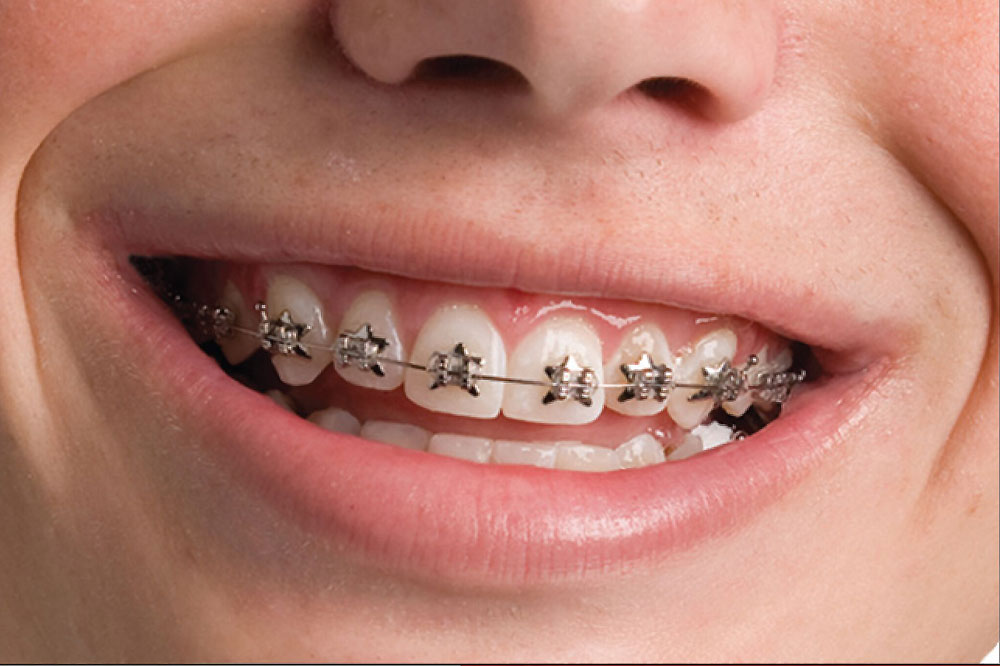Locating the Right Cumming Orthodontist for Your Braces and Aligners Requirements
Locating the Right Cumming Orthodontist for Your Braces and Aligners Requirements
Blog Article
Comprehensive Overview to Orthodontics Procedures for Correcting Oral Misalignments
Recognizing the complexities of each treatment, including their mechanisms, benefits, and prospective downsides, is important in making educated decisions regarding one's orthodontic treatment. As we navigate through the extensive overview to orthodontic procedures for remedying dental misalignments, the elaborate information of each approach will certainly unravel, losing light on the path toward a unified and useful oral alignment.
Orthodontic Procedures Review

In enhancement to conventional dental braces and clear aligners, orthodontists might additionally advise various other interventions like headwear, palatal expanders, or retainers to attend to certain alignment issues (orthodontist). These treatments are tailored per person's special requirements and may involve a combination of therapies to accomplish the wanted outcomes. Regular adjustments and tracking are vital components of orthodontic treatment to guarantee progression gets on track and to make any needed alterations along the way. By going through orthodontic procedures, people can not only attain a straighter grin however additionally enhance their general oral wellness and feature.
Conventional Dental Braces: Just How They Function
When taking into consideration orthodontic treatments for dental imbalances, standard dental braces stick out as a time-tested approach for correcting teeth placing. Traditional dental braces include braces, cables, and bands that interact to apply continuous pressure on the teeth, gradually relocating them into the preferred alignment. The brackets are connected to the teeth using an unique adhesive, and the wires are threaded with the braces. By adjusting the stress of the cables, orthodontists can regulate the direction and force applied to each tooth, guiding them right into correct placement in time.
One trick facet of exactly how conventional dental braces work is the process of bone makeover. As stress is applied to the teeth via the braces, the bone bordering the teeth is improved to sustain the new tooth placements. This remodeling is essential for the long-lasting stability of the fixed alignment. Patients will certainly require normal modifications at the orthodontist's workplace to guarantee the braces proceed to use the right stress for reliable teeth motion.
Undetectable Aligners: Cons and pros
These clear, personalized trays are virtually undetectable when worn, making them an appealing alternative for see it here people seeking an extra visually pleasing orthodontic treatment. Clients can eliminate the aligners before consuming or cleaning their teeth, lowering the danger of food obtaining stuck in the device and streamlining the cleansing procedure.

Surgical Orthodontic Options
Surgical treatments in orthodontics present practical choices for attending to complicated oral misalignments that might not be efficiently fixed with standard orthodontic treatments. While typical braces and invisible aligners can fix lots of orthodontic issues, specific situations need medical intervention to attain optimal results. Surgical orthodontic choices are usually suggested for severe malocclusions, significant jaw disparities, and instances where the underlying bone structure requires alteration to achieve correct positioning.
One typical medical orthodontic treatment is orthognathic surgery, which involves repositioning the jaws to deal with practical issues such as difficulty talking or eating. This surgery is typically carried out in partnership with an orthodontist who helps straighten the teeth before and after the procedure. Surgical orthodontics might also include treatments to subject influenced teeth, eliminate excess periodontal cells, or improve my link the jawbone to create a much more harmonious face profile.
Prior to taking into consideration medical orthodontic options, clients undergo a detailed assessment to establish the need and possible advantages of such treatments. cumming invisalign. While surgical treatment might appear difficult, it can substantially improve both the function and appearances of the smile in cases where standard orthodontic treatments drop short
Retainers and Post-Treatment Treatment

Failure to conform with post-treatment treatment instructions can result in regression, where the teeth slowly move back in the direction of their original positions. Constant retainer wear, great oral hygiene, and regular oral examinations are essential for preserving the results achieved via orthodontic surgery and ensuring the lasting stability of the corrected dental positioning.
Conclusion
In final thought, orthodontic treatments offer different options for dealing with oral misalignments. Surgical orthodontic options are readily available for extra severe imbalances. Overall, orthodontic procedures can properly boost oral wellness and aesthetic appearance.
As we navigate via the detailed guide to orthodontic procedures for remedying dental imbalances, the complex details of each approach will certainly unravel, losing light on the course towards a unified and functional dental placement. - braces
One of the most typical orthodontic treatments is the usage of dental braces, which are composed of steel brackets and cords that use mild stress to gradually move teeth right into the desired placement.When my response considering orthodontic therapies for oral imbalances, traditional braces stand out as a time-tested technique for remedying teeth positioning. Furthermore, unnoticeable aligners may not be appropriate for intricate orthodontic concerns that call for even more significant teeth activity, as they are usually suggested for light to modest cases. Retainers are custom-made orthodontic gadgets made to hold teeth in their dealt with settings after the conclusion of orthodontic treatment.
Report this page